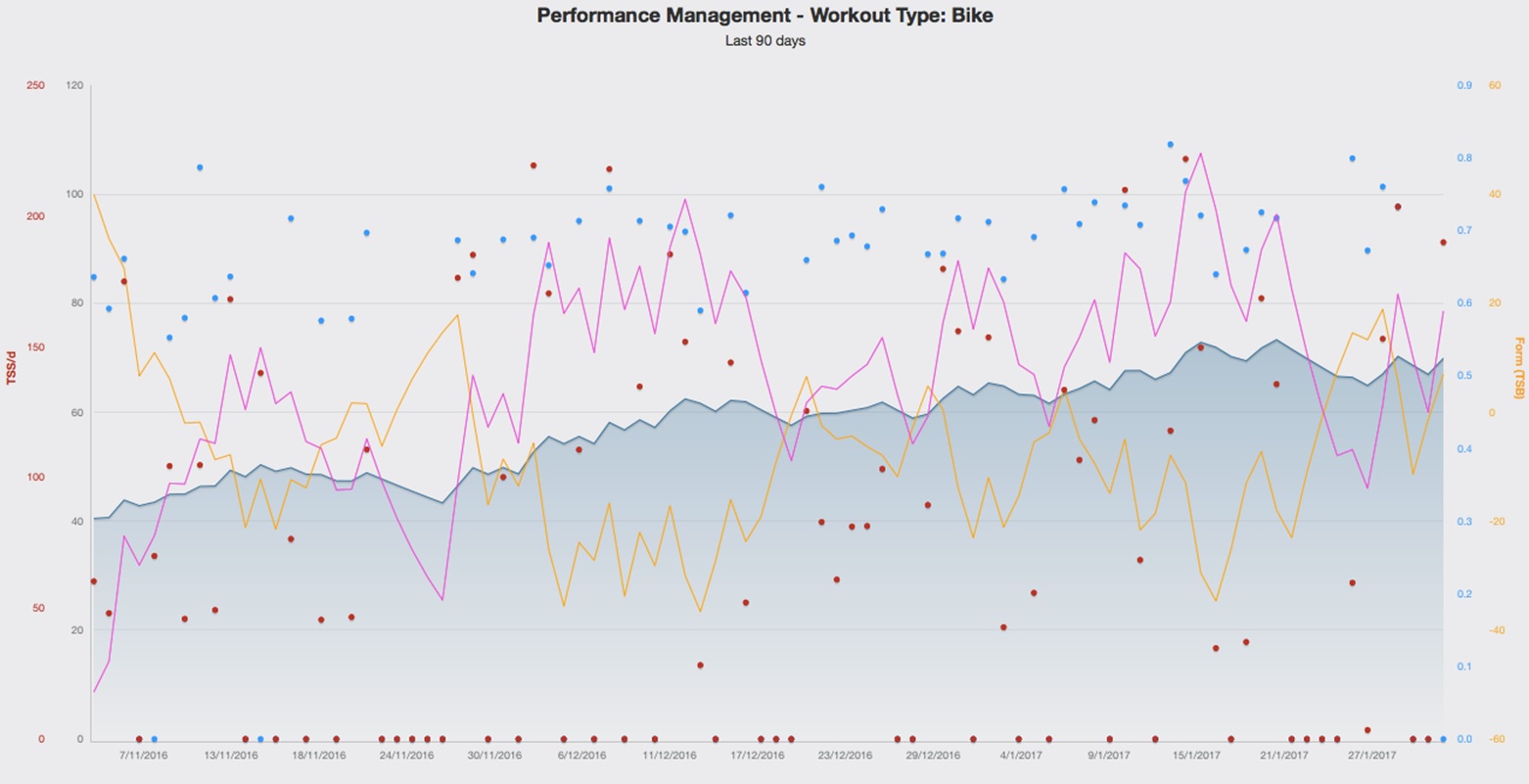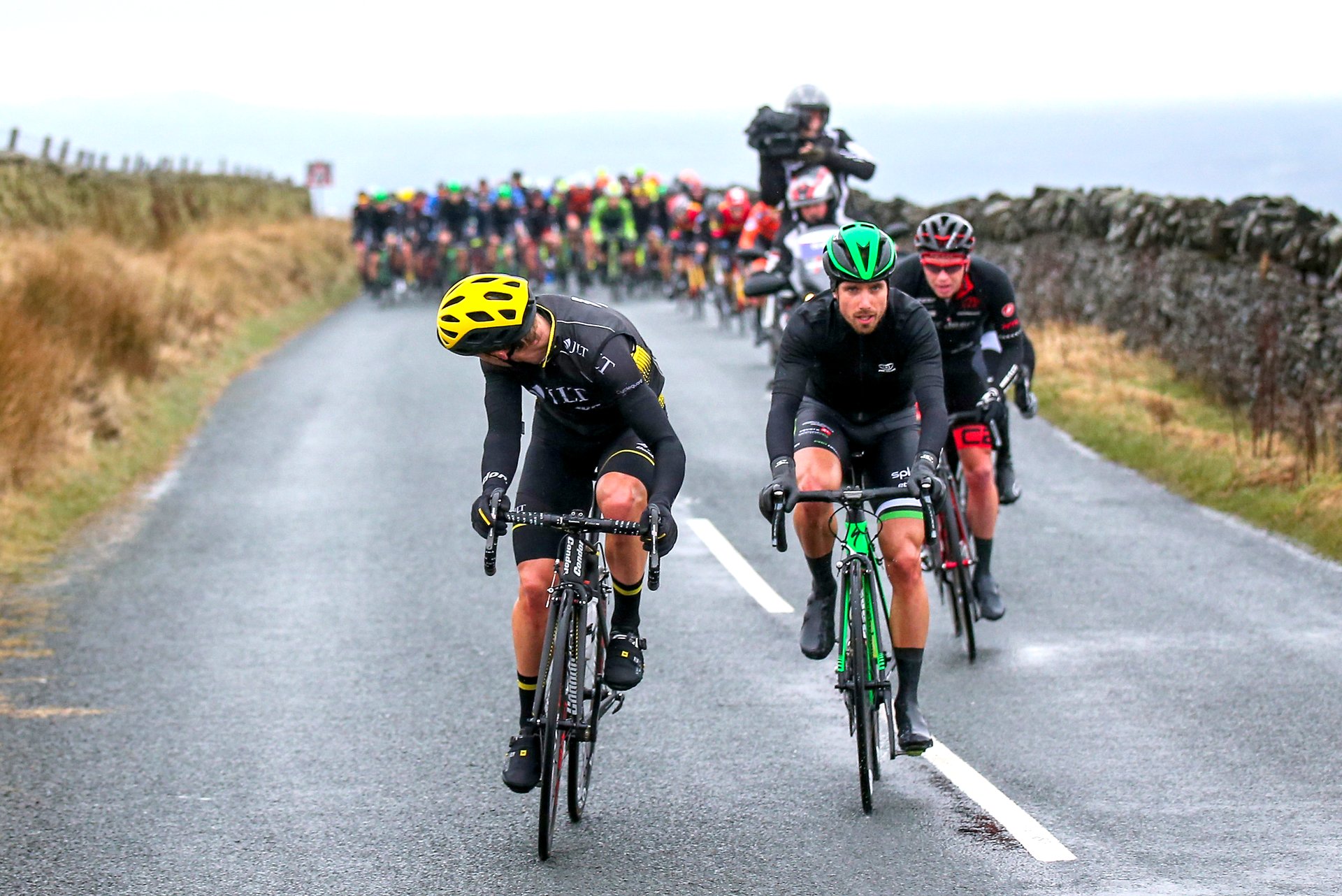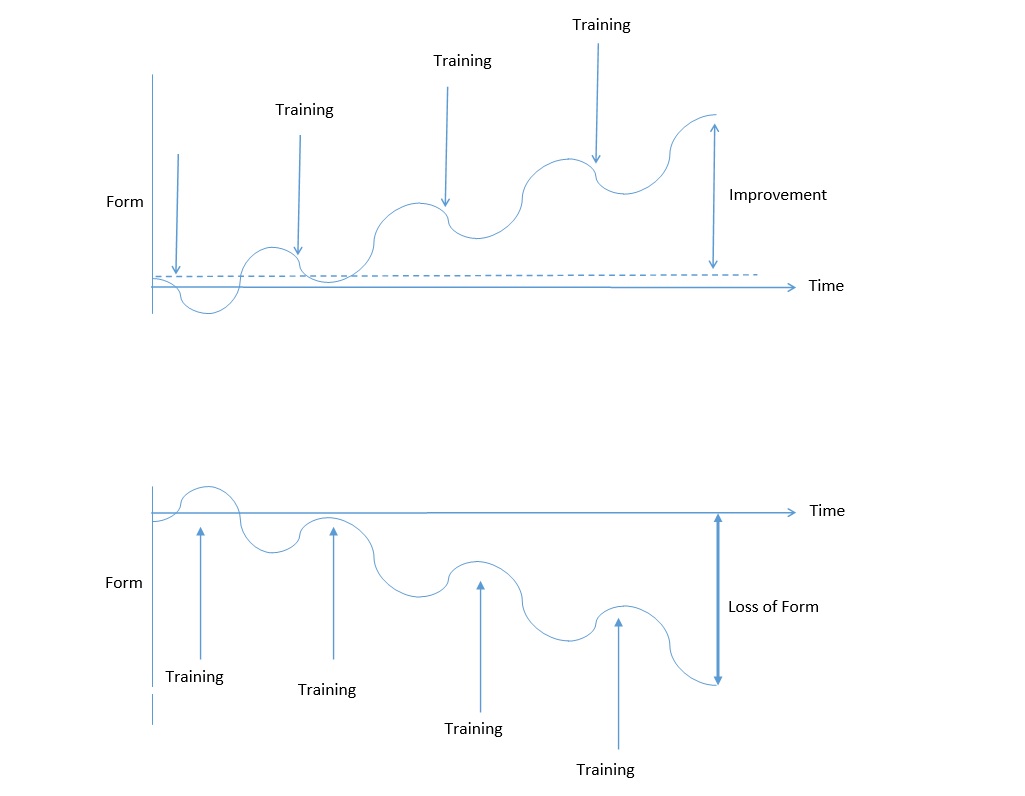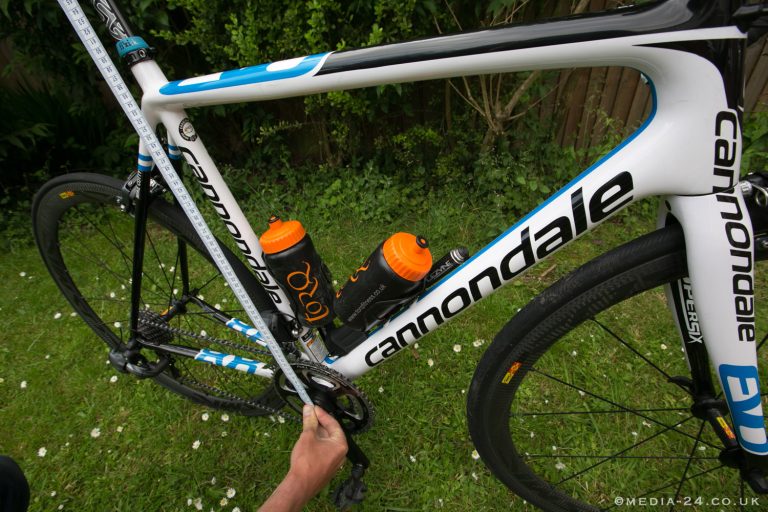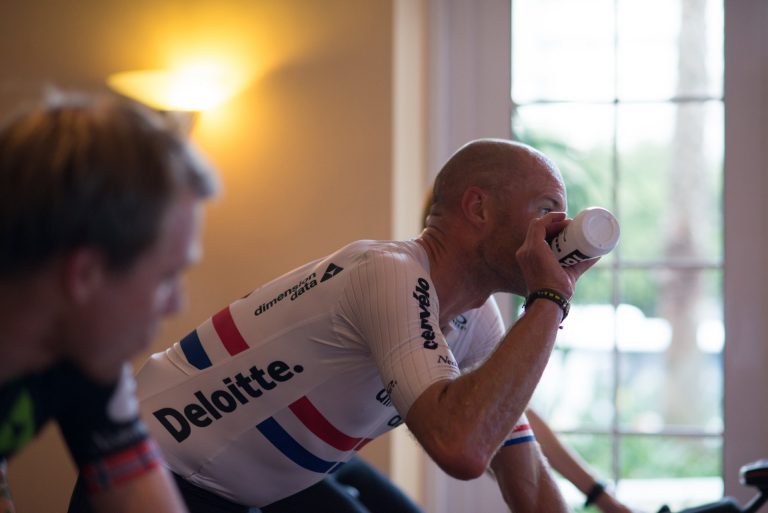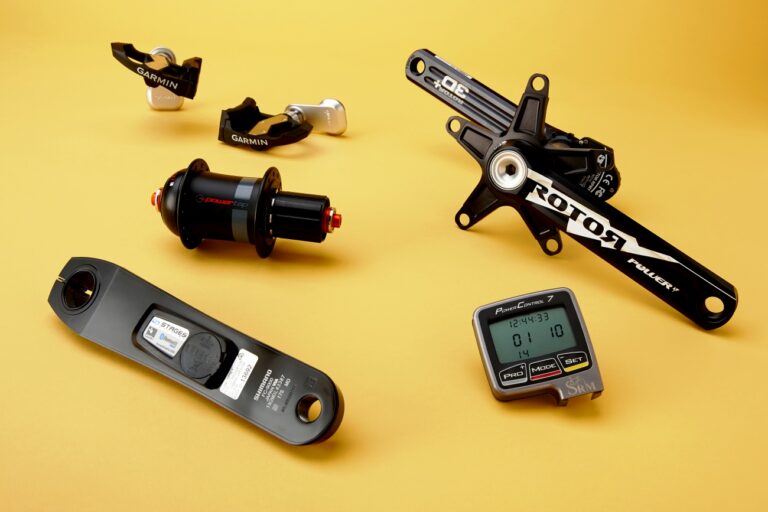Power meters are the gift that keep on giving. And by that I mean, unlike a new set of wheels or a new aero helmet which will only give you advantages to a set point, a power meter can be used to continuously monitor and improve performance.
By analysing long-term trends, you can see if you are on track and if everything has progressed as expected over time, alongside analysing just how much you have improved.
We’ve already looked at how to set up a training program and how to analyse individual training sessions, so how can you analyse your long-term performance trend?
Let’s take a closer look at reading, analysing and informing your future training using either Training Peaks or Strava.
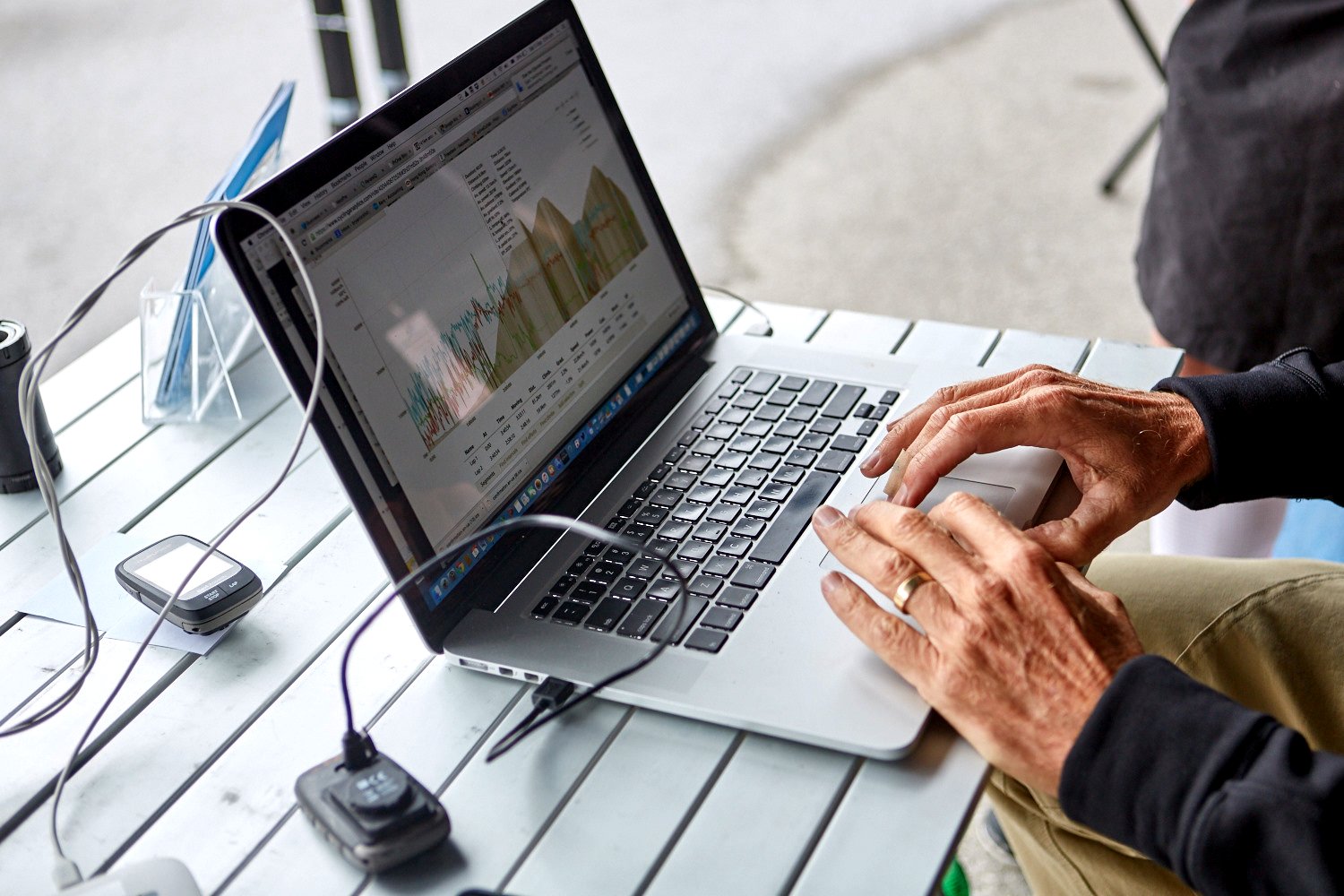
[series]

